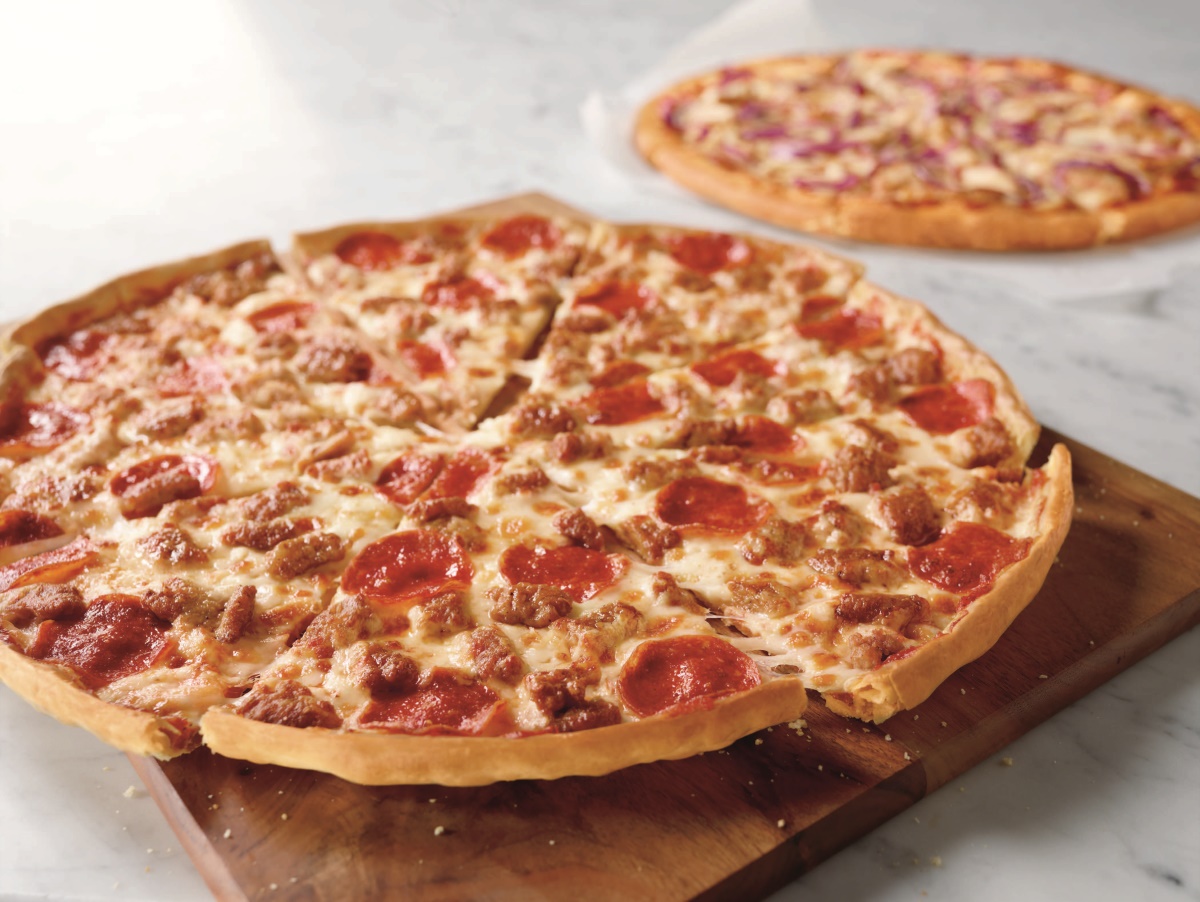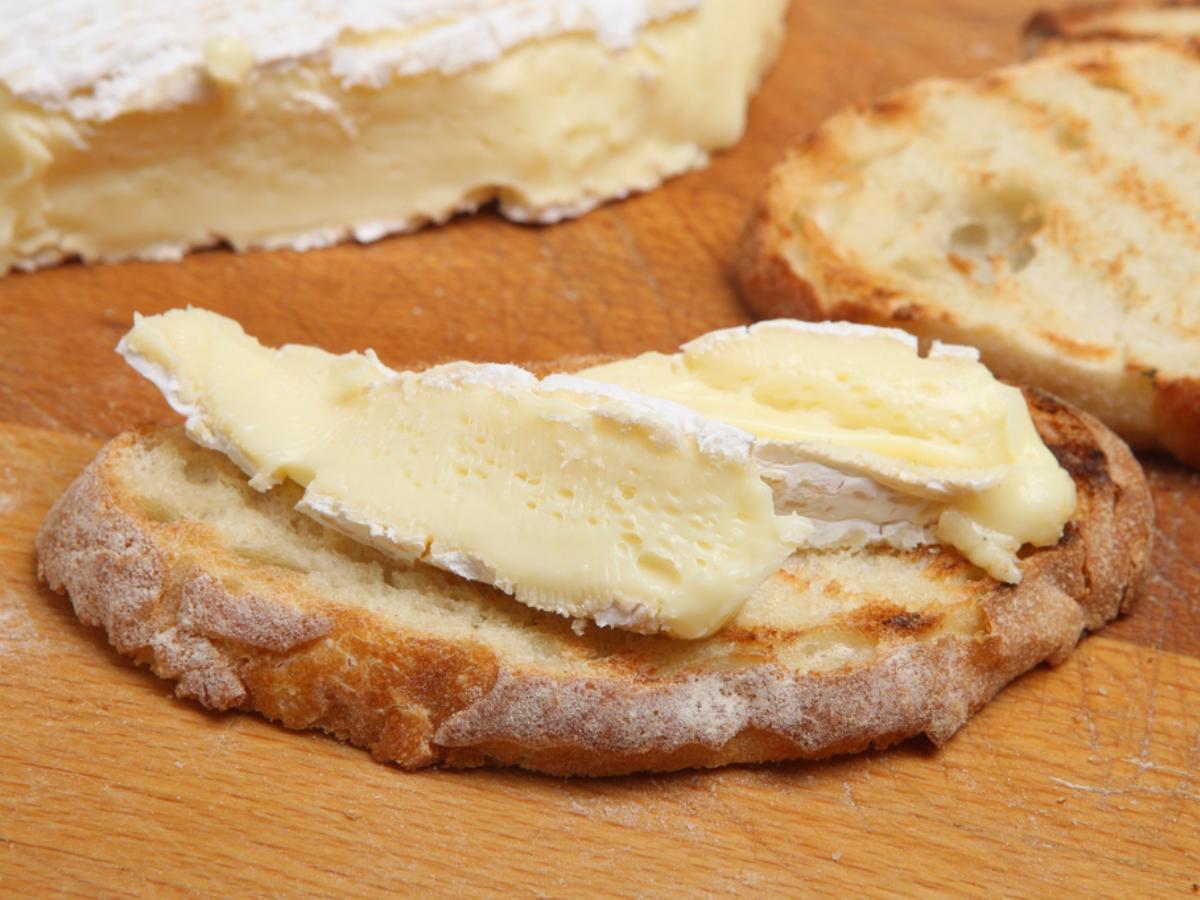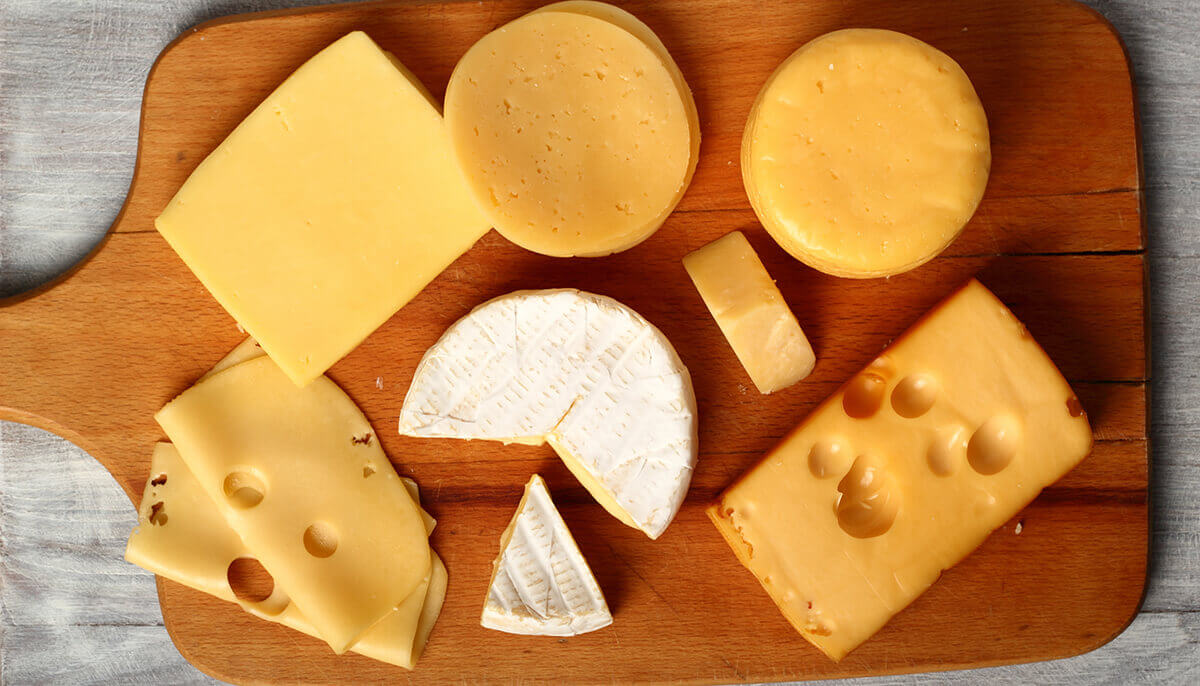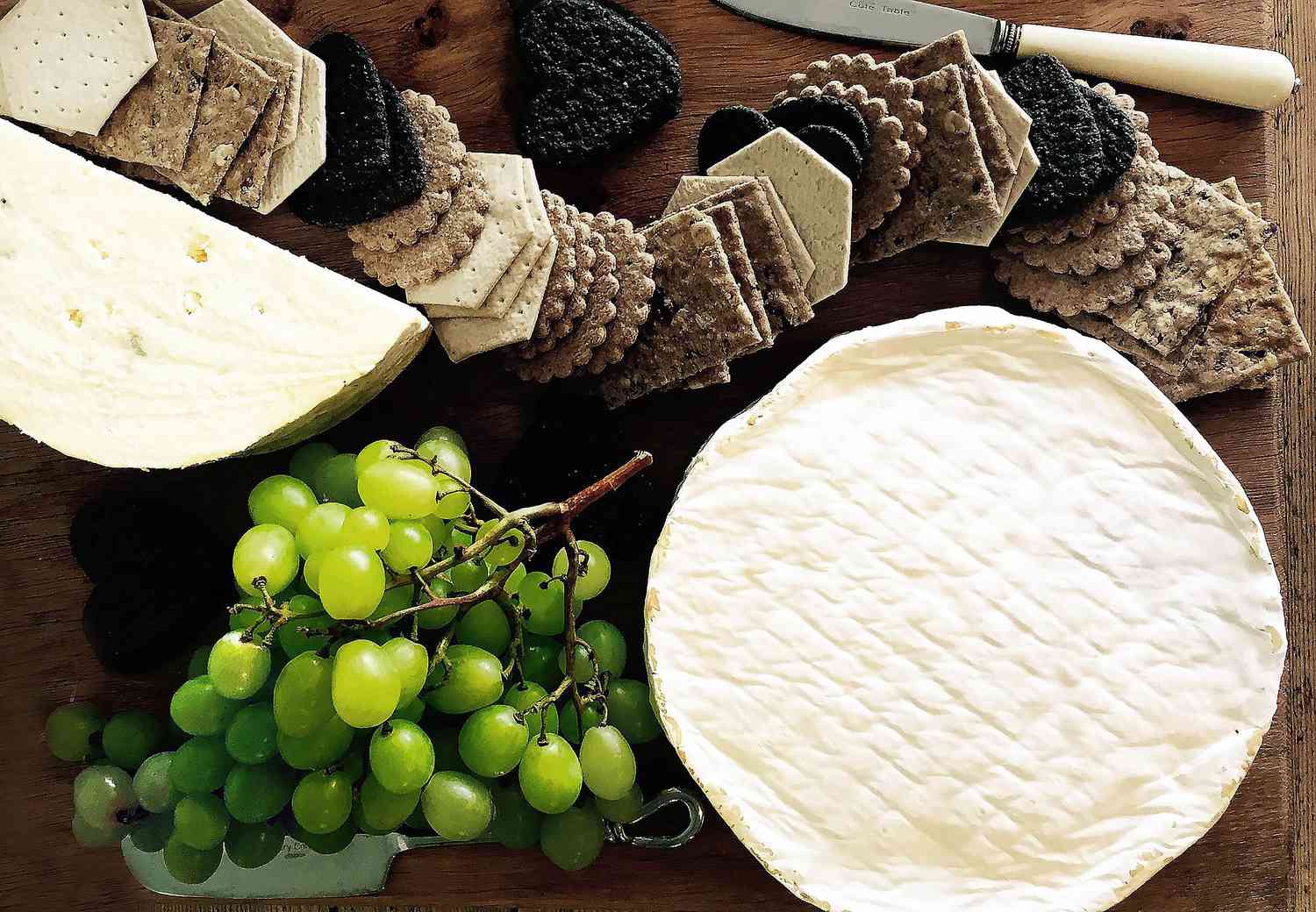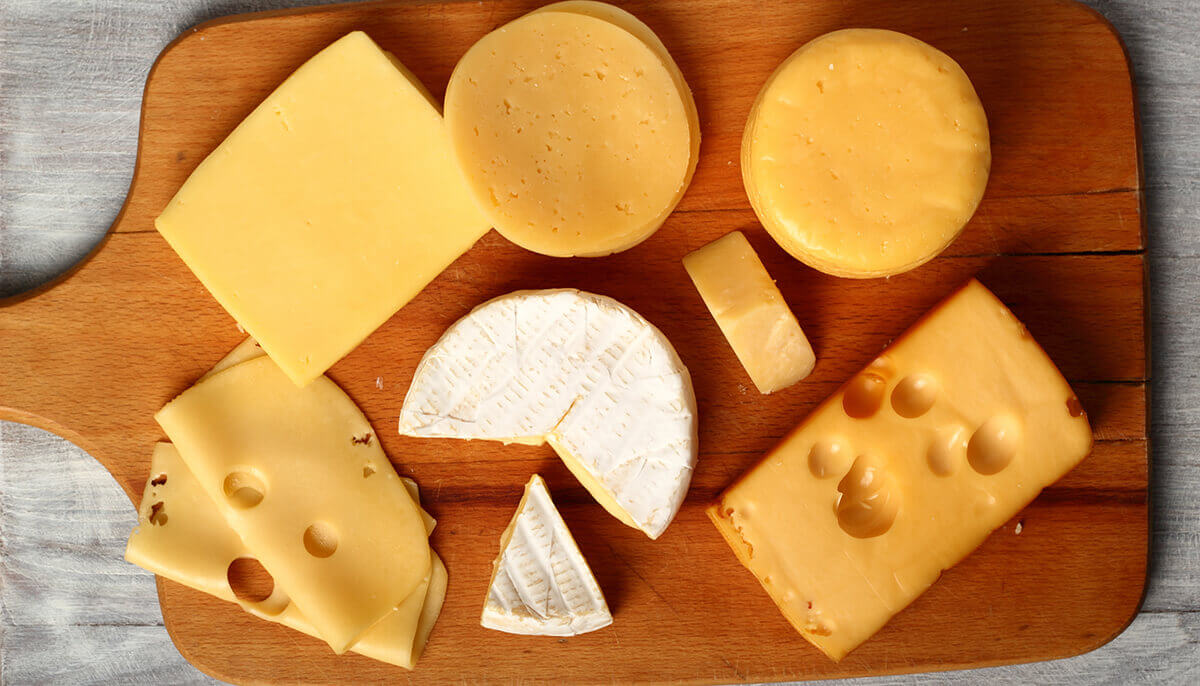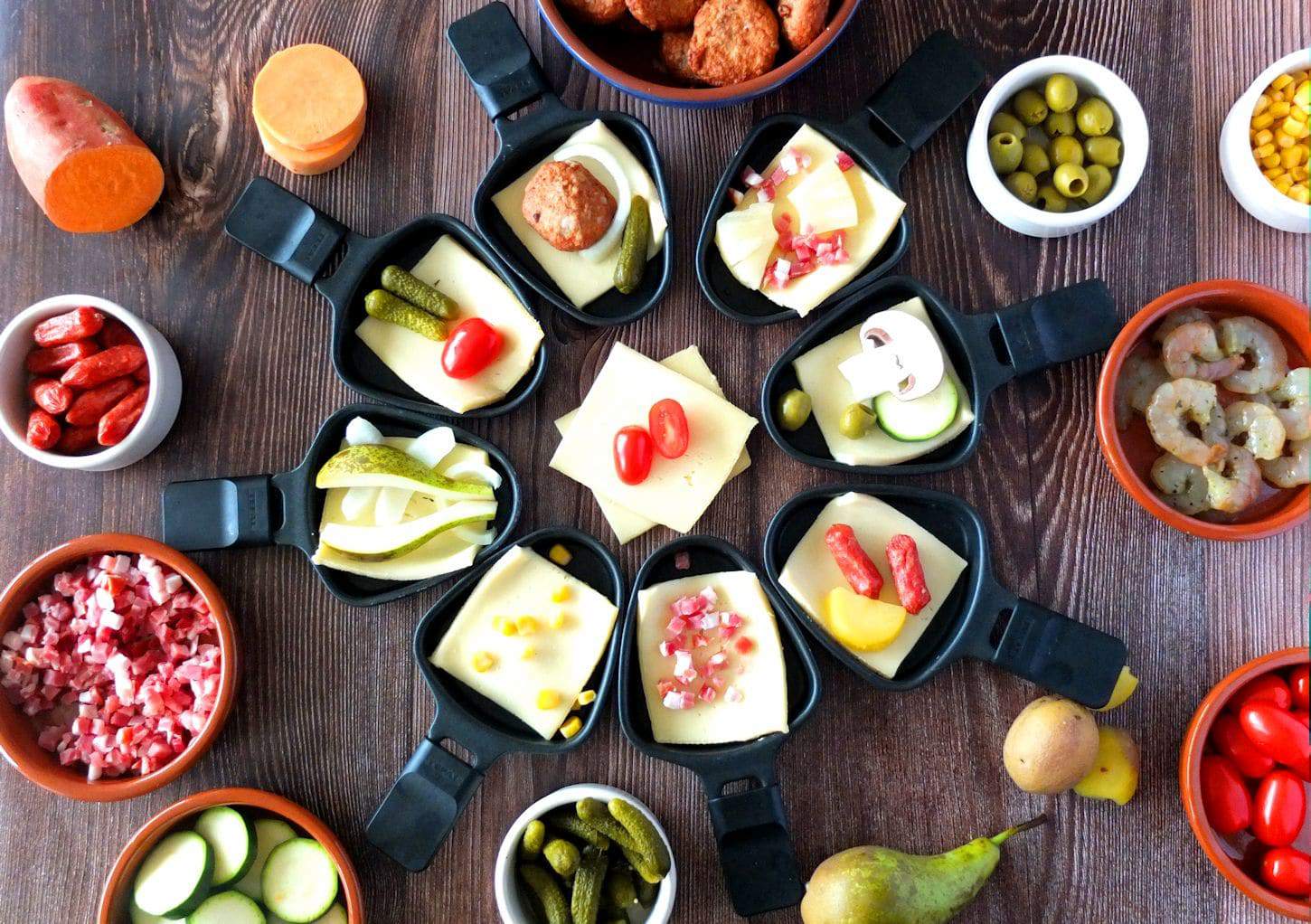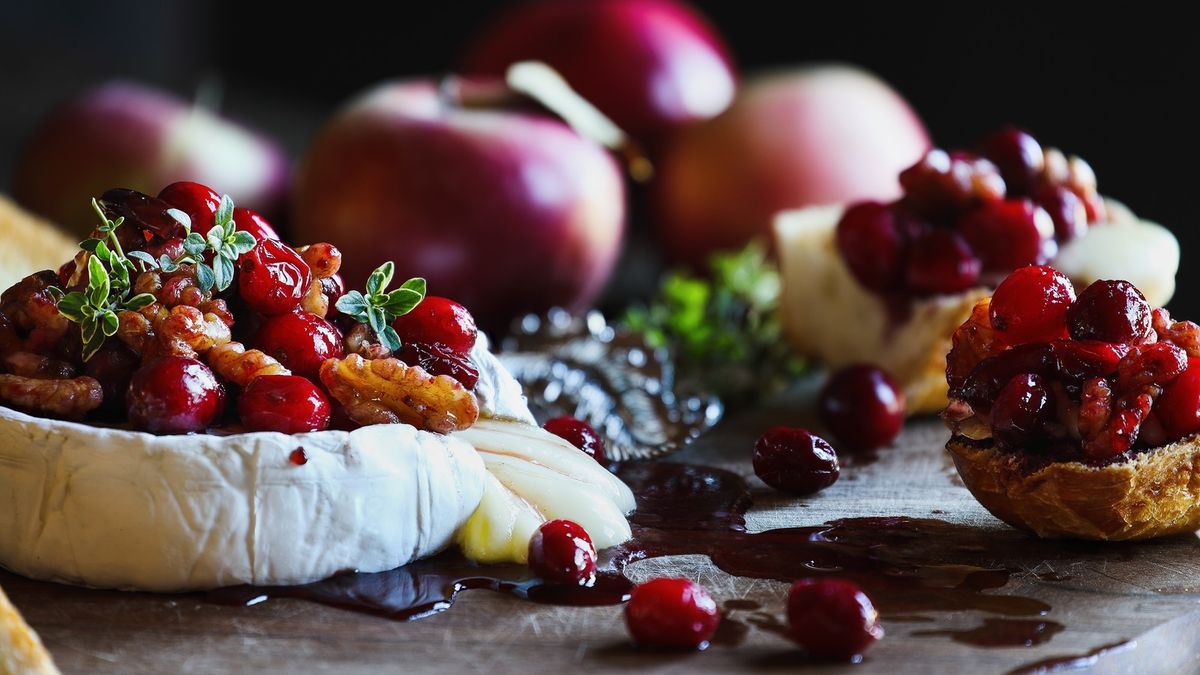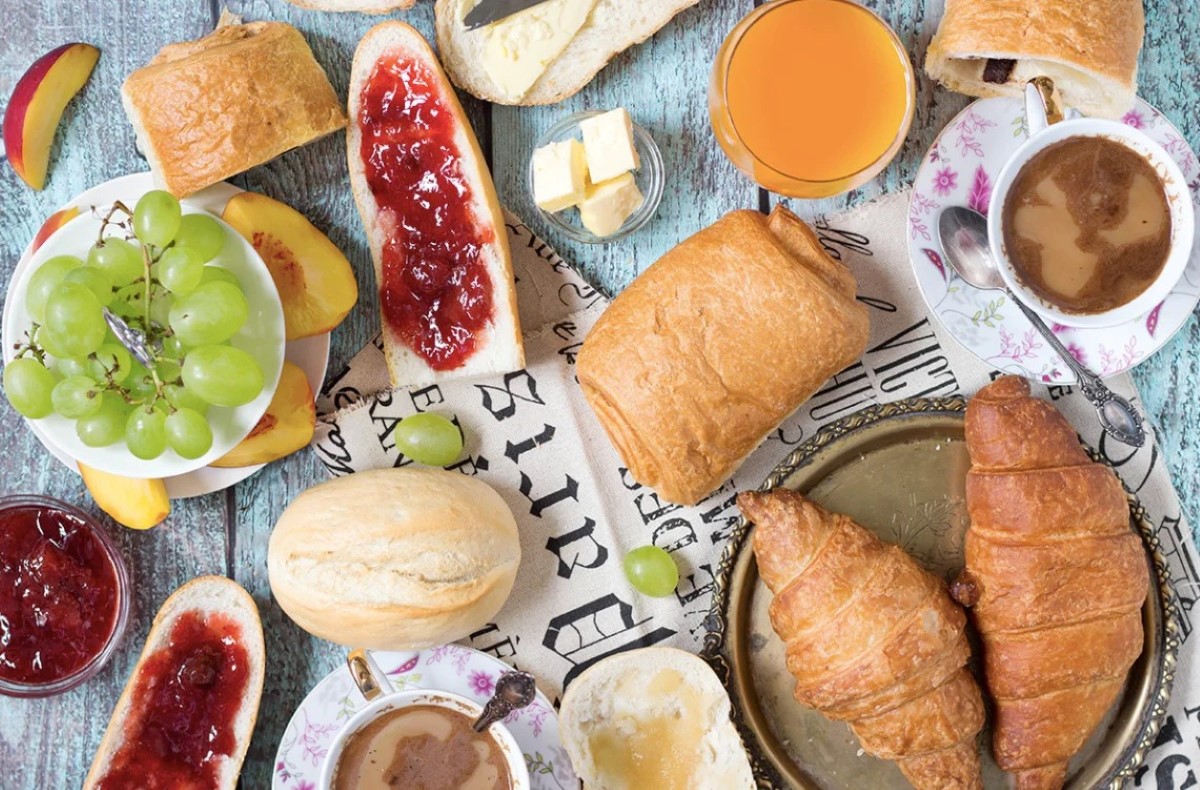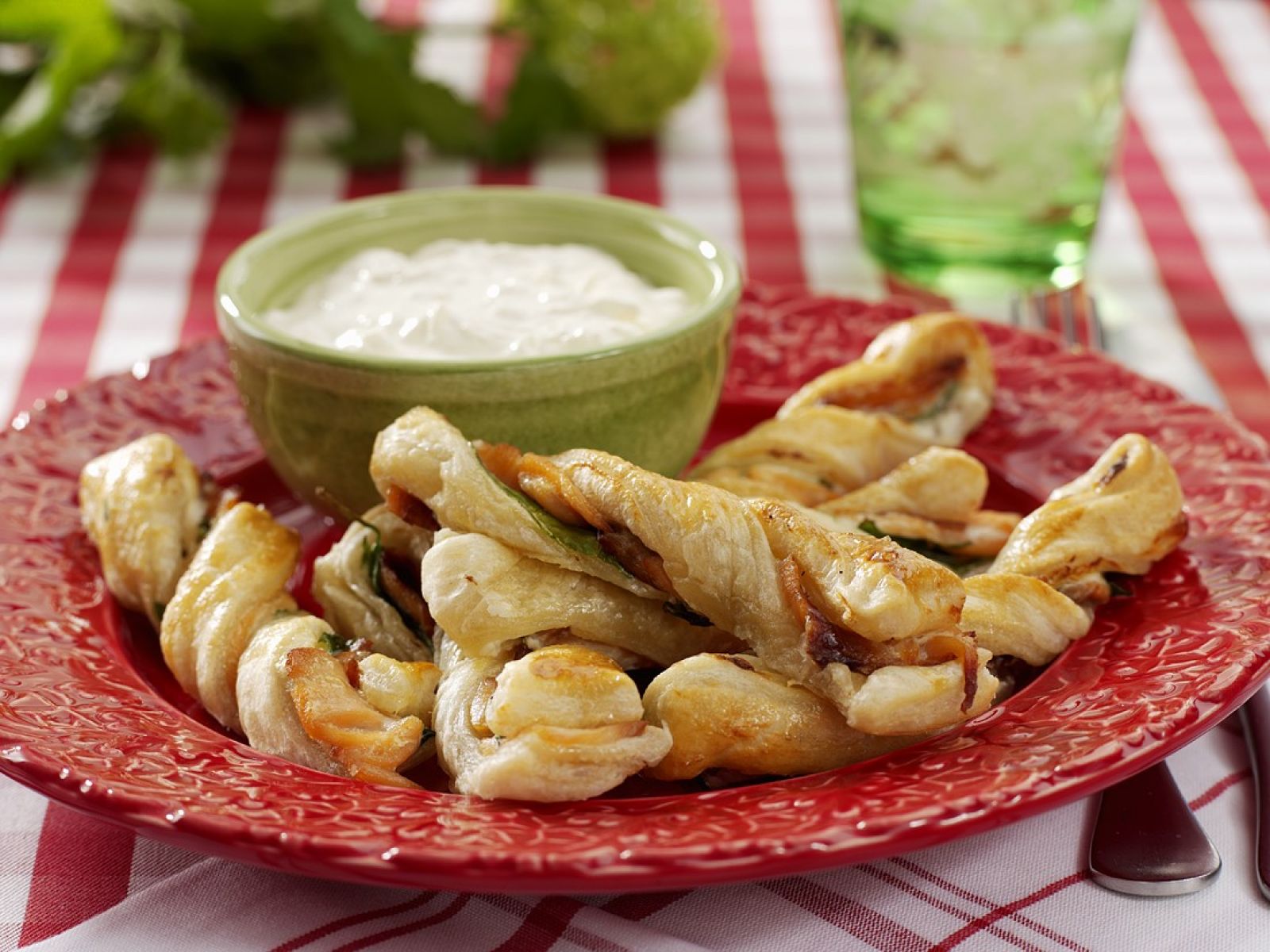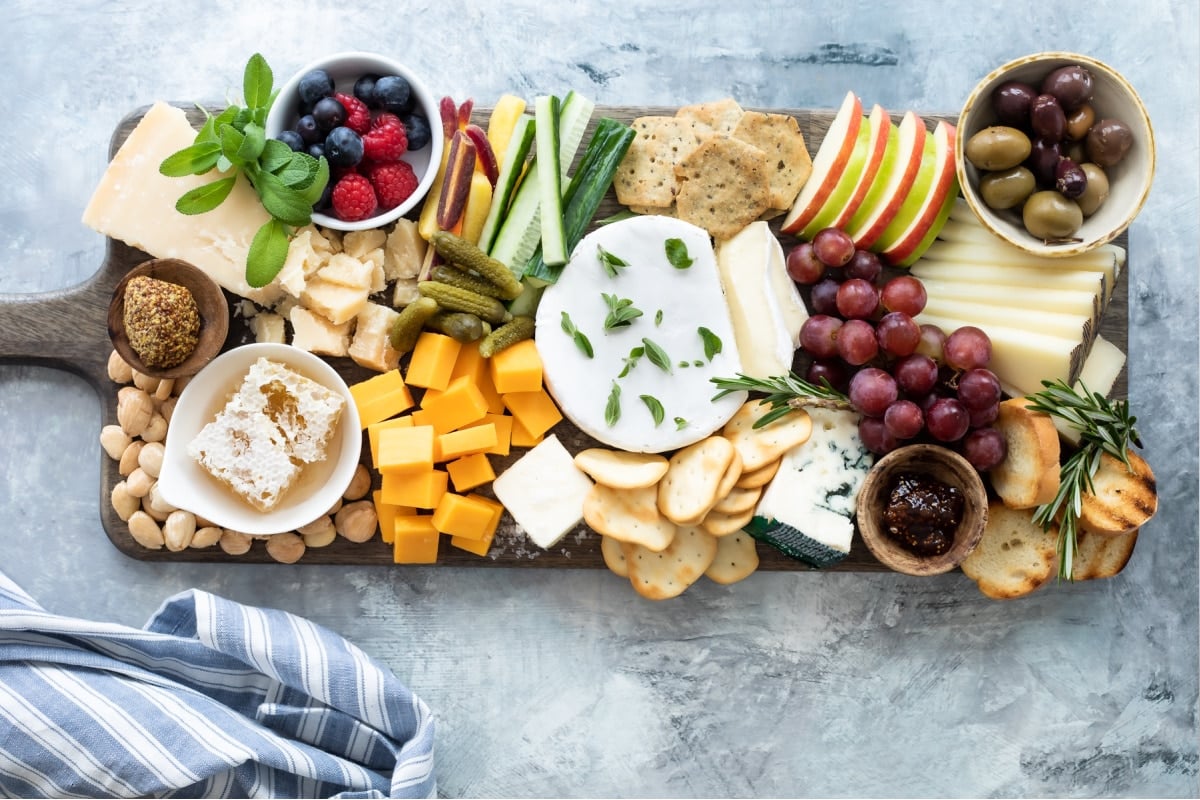Pairing Cheese with Wine: A Perfect Match
When it comes to enjoying a delightful evening with friends or family, there’s nothing quite like the combination of cheese and wine. The rich, creamy texture of cheese paired with the complex flavors of wine creates a symphony for the taste buds. If you’re new to the world of pairing cheese with wine, fear not! We’ve got you covered with some simple tips to elevate your next gathering.
Choosing the Right Cheese
Before diving into the world of wine and cheese pairing, it’s essential to understand the different types of cheese. From creamy Brie to sharp Cheddar, each variety offers a unique flavor profile that can complement specific types of wine. Here are a few popular cheese options to consider:
- Brie: Known for its creamy texture and earthy flavor, Brie pairs well with light-bodied white wines such as Chardonnay or Sauvignon Blanc.
- Gouda: With its nutty and slightly sweet taste, Gouda is a versatile cheese that can be paired with both red and white wines. Try it with a Pinot Noir or Riesling for a delightful combination.
- Blue Cheese: For those who enjoy bold flavors, blue cheese is an excellent choice. Its pungent taste pairs beautifully with sweet dessert wines like Port or Sauternes.
- Cheddar: A classic favorite, Cheddar’s sharpness goes hand in hand with medium to full-bodied red wines such as Merlot or Cabernet Sauvignon.
Understanding Wine Pairing
When it comes to pairing wine with cheese, it’s all about finding complementary flavors. The acidity, sweetness, and tannins in wine can either enhance or contrast the flavors of the cheese. Here’s a simple guide to help you navigate the world of wine pairing:
- Acidic Wines: Wines with higher acidity, such as Sauvignon Blanc or Champagne, can cut through the richness of creamy cheeses like Brie or Camembert.
- Red Wines: Full-bodied red wines like Cabernet Sauvignon or Syrah pair well with aged cheeses such as Parmesan or Gouda, as their robust flavors can stand up to the intensity of the wine.
- Sweet Wines: Dessert wines like Moscato or Port are a delightful match for blue cheeses, as the sweetness of the wine balances the sharpness of the cheese.
Creating the Perfect Pairing
Now that you have a basic understanding of cheese and wine pairing, it’s time to put your knowledge into practice. When hosting a wine and cheese tasting, consider offering a variety of cheeses along with a selection of wines to cater to different preferences. Encourage guests to experiment with different combinations and discover their own favorite pairings.
Additionally, don’t forget to consider the texture of the cheese. Creamy cheeses like Brie or Camembert work well with sparkling wines, while hard cheeses like Parmesan or aged Cheddar are best enjoyed with bold red wines.
Final Thoughts
Pairing cheese with wine is an art form that allows for endless exploration and enjoyment. Whether you’re hosting a sophisticated soirée or simply indulging in a cozy night in, the combination of cheese and wine is sure to elevate any gathering. So, gather your favorite cheeses, uncork a bottle of wine, and embark on a delectable journey of flavors and aromas.
Remember, the key to a successful pairing is to have fun, experiment, and trust your palate. Cheers to the perfect union of cheese and wine!
